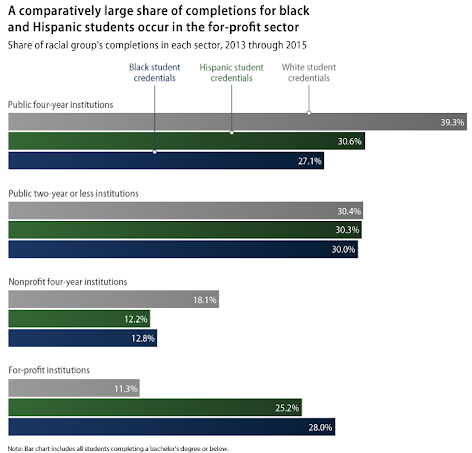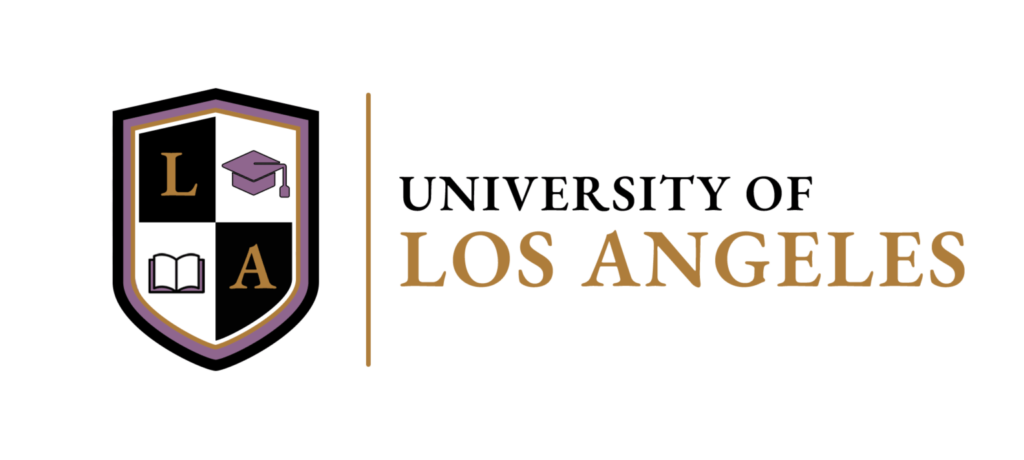The US has served as one of the most coveted destinations for higher education for immigrant students for more than two decades. It is home to the most prestigious universities in the world, not limited to the Ivy Leagues, known for their academic excellence and severely critical admission criteria. The students from these institutes constitute the cream of the crop amongst all the graduates in the country. These revered Institutes have served exceptionally and contributed to the growth of the nation by providing a skilled and talented workforce for the industries and laboratories equally.
However, in spite of these accomplishments and contribution towards the growth of the country, there has been a rising unaddressed problem – The quality of education of minorities.
America is the 3rd largest country in the world in terms of population. It’s also the second largest democracy in the world and one of the most diverse nations home to 330 million people having a large array of multicultural and multilingual inhabitants belonging from various races and ethnicities. Over Centuries, the white population has always had the advantage over the other racial and ethnic groups, in terms of access and opportunities to better education and economic advantages, in terms of right to ownership of property, capital and business in general.
Since the information and digital revolution from the 1990s, there has been a significant change in the landscape of access to education, with more opportunities being generated for all ethnic and racial groups in the country. Unfortunately, it has not been enough for this group to fully excel in education and find employment apart from Blue collar and purely labor oriented jobs. This has led to living in substandard conditions due to the low-income earnings and thus a higher trend towards local crimes. The majority of the groups live in the peripherals of the towns and cities, where there is a significantly higher crime rate compared to other areas. Also, many of the local youth are forced to a life of crime due to the lack of mentorship, support and empathy from other sections of the society.
The current state of Education of minorities
Around 39 percent of the degrees white students receive come from public four-year schools, while only around 30 percent of credentials awarded to the black and Hispanic students are from public four-year colleges. A larger fraction of white students’ credentials also come from private and non-profit four-year institutions.

Meanwhile, the for-profit space accounts for about 30% of black and a quarter of Hispanic credentials, respectively, while making up just 11% of white credentials. To emphasize how extreme this difference is, let’s consider that a larger share of credentials for the black graduates comes from for-profit institutions than from public four-year schools. This remains the case in spite of the fact that public four-year schools award twice as many credentials (overall) as for-profit schools. Disparity in Unemployment The national unemployment rate for the year 2021 is at 10.5% overall whereas for the Black/African Americans, it’s much higher at 15.1% according to the US Bureau of Labor statistics. Further in the survey it’s been found, the unemployment rate of the Asian population is at 12.9% and that of the Hispanic & Latino Communities is at 12.2%. If you compare these numbers with the unemployment rate of the white population, It is at a much lower 9.30%. This indicates a significant gap in employability prospects of the black community and the minorities compared to the white and general population. The Solution Minorities in the US have long suffered with lower economic prosperity and social status compared to the white majority. Higher education often serves as the best means of social progress available to our nation’s youth. For example, graduating from university is associated with more stable patterns of employment and higher earning capabilities. With the significant gap in earnings between high school and college graduates continuing to widen, college has become even more important for the minorities who are attempting to enter a globally competitive labor market. Each year, the US fails to educate thousands of black engineers, who could potentially be among the nation’s highest earners, and thousands of Hispanic educators and tutors, who could be helping younger generation students feel more confident and do better in school. In addition to the lost potential to improve economic prospects for thousands of black and Hispanic families, this creates a competitive disadvantage for the US and risks leaving potentially groundbreaking scientific breakthroughs undiscovered. Even more importantly, an equitable society would allow students from all racial, ethnic, and socio-economic backgrounds to flourish in the field they find most rewarding. By expanding the conversation of equity, including gaps by race in type of institution and field of degree is a crucial first step. Also regularly measuring up and reporting on such gaps would allow much greater focus to ensure that students of all races and gender have the required access to all fields of study. Establishing a path to equity in the types of credentials the students get is not only a moral imperative for this country but is also crucial to its future success.

